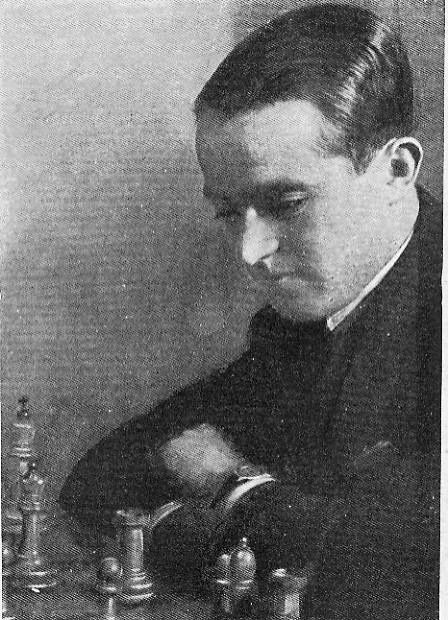
Would You Play These Crazy Moves?
About 30 years ago, the famous Soviet coach Vladimir Zak wrote a book "The Ways of Chess Improvement." I already expressed my opinion about this chess personality in a prior article. Nevertheless, the book was quite interesting, mainly because Zak collected many little-known games played by young chess players. Some of these kids later became world champions, but many of them never became professional chess players. This is one of the games.
I didn't provide the original author's annotations to the game on purpose. Most of the variations were incorrect, which is not surprising considering how sharp the game was. It is not fair to make fun of people who tried to find chess truth 30 years ago in the labyrinth of variations, while today any chess engine would laugh at them. Nevertheless, here is my translation of Vladimir Zak's comment to White's move 22.Kxc3:
Two qualities are required to play such a move: great courage and poor understanding of the position. Shterengas has plenty of both! - Zak
I am not surprised to see such a harsh criticism of the kid's chess moves coming from Zak. He essentially recommended I stop playing chess as I lacked a future in it. This explains why one of his students, GM Alex Yermolinsky, thinks that Zak shouldn't have been allowed to be near kids. The funny thing is that the brave move 22.Kxc3, while it was objectively bad, allowed White to win the game just six moves later! You can say that it was a kiddie game and anything can happen in scholastic competitions. Well, let's take a look at a game played in a world championship match!
I don't know what sign should I use for the 7.g4 move. It breaks many chess rules, so should it be "??" or "?"? Kasparov gave it "?!", which means the move is dubious.
 |
What have GMs played instead of 7.g4? Check out our Opening Explorer for data on chess' most popular opening moves! |
Try It Now! |
Here is what one of the best players of that time, GM Salo Flohr wrote about this move:
"After 7.g4, I couldn't believe my eyes. I have never seen such a move in all my life. [...] I criticized the move 7.g4 as a bluff and criticized it sharply. The next day, I was visited by Lasker, who was attending the match. He lectured me along the lines of "Young man, just because you have never played such a brave move as 7.g4, that doesn't give you the right to criticize Alekhine in such terms. You are still too young to understand Alekhine's deep idea."

When I followed live the ninth game of the last Women's World Championship match, it was deja vu all over again!
The move 21.a4 stunned the chess world. Here are the words of one popular grandmaster, who provided live commentary to the game: "21.a4 is a hardcore!", "This is a chess striptease.", etc. Listening to all the severe criticism of White's move 21.a4, I really wanted to repeat Lasker's wise words, but I didn't. It would have been weird if around midnight (Yes, it was that late in Seattle.) I started to talk back to my computer, wouldn't it? The least I can do to show my utmost respect to the brave world champion is to give two exclamation marks to her move 21.a4.
Now let's get to the main point of this article. I hope you already noticed one interesting pattern. In all three games that we saw today, White's position started improving considerably right after their "crazy" moves were played, as if Caissa wanted to reward the brave chess players. So, while these moves were questionable or even outright bad (22.Kxc3?), they all led to a win. So, my question is: Should we call these moves dubious, or should we call them great? And more importantly, would you play such crazy moves in your games? Please share your opinions in the comments.



